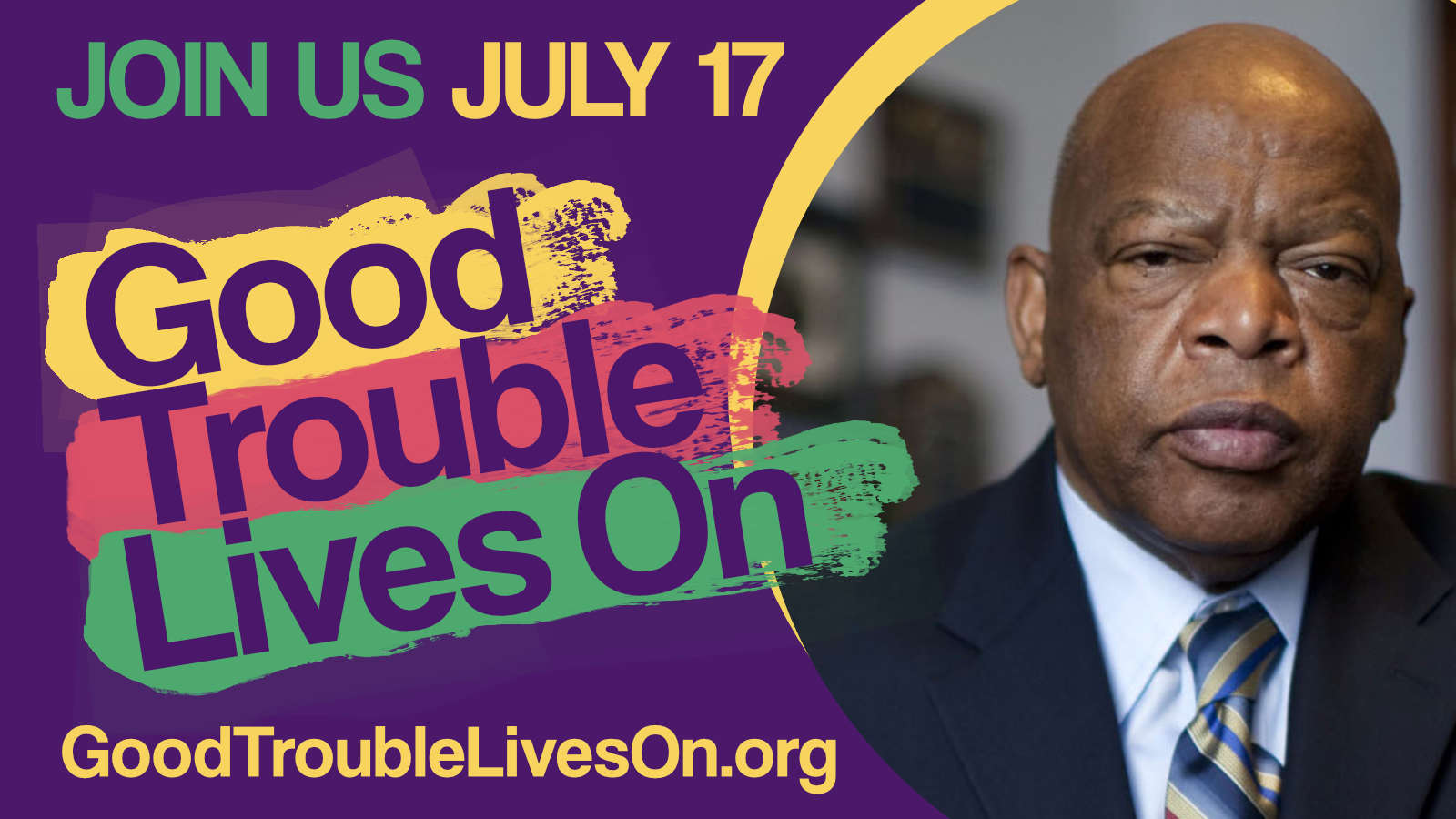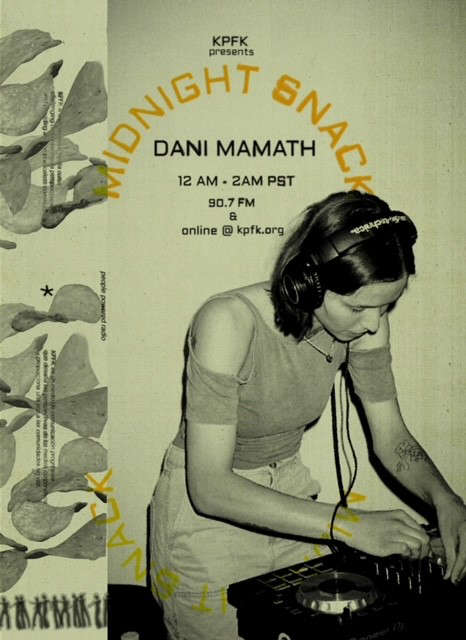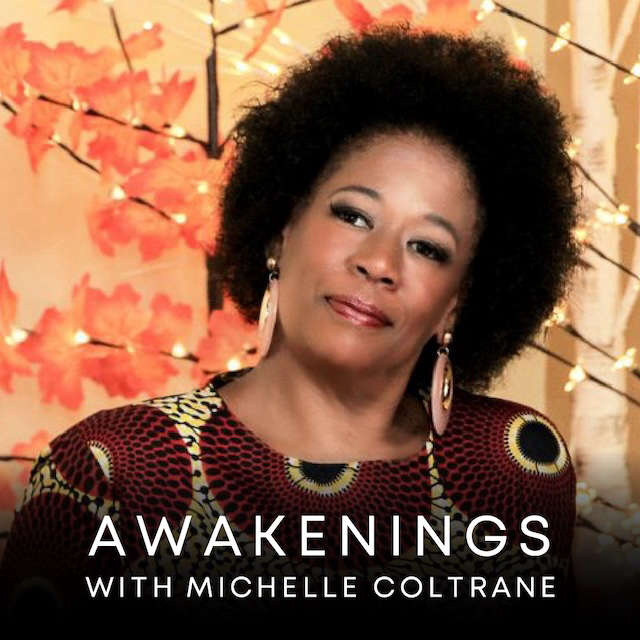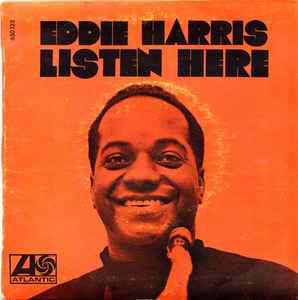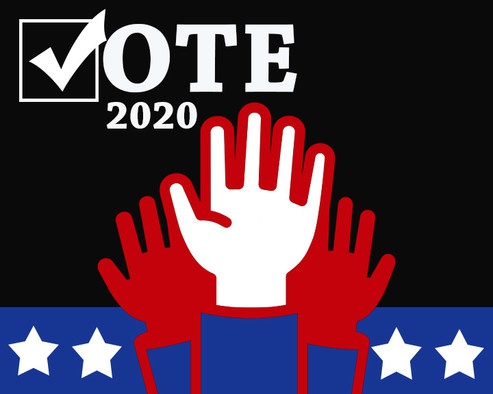
Photo by: Christina Carter
By Alan Minsky | KPFK
Voting in America has never been as simple as it should be. These days, it's been made even more complicated by the fact that one of the two major parties has decided that suppressing the vote is essential to their electoral success. Thus, over the past few decades, Republicans have waged an unrelenting war on voting logistics and voter roles. The Democrat's response has been largely inadequate. All of this has been very disheartening, especially when two of the GOP's greatest victories - George W Bush and Donald Trump - likely would not have occurred if not for the concerted effort of GOP operatives.
Now, with the COVID-19 pandemic further complicating the voting process, we have every reason to believe that 2020 may be the worst election yet - with millions-upon-millions of Americans unable to vote for a myriad of reasons. With this in mind, I co-authored an article with voting activist Mimi Kennedy and journalist Steve Rosenfeld this past week, about what you (the average American voter) need to do to ensure that you can vote this year and that your vote will get counted.
Here's an excerpt from our article. If you find it helpful, please share it with your family, friends, and co-workers:
The 2020 election is setting up to be a mess, but here are two cures that can be applied now. They won’t make elections whole, but they’ll help.
First, we must change our language from “November Election,” “Election Day,” and “November 3rd” to “the fall election,” and “the General Election.” We must stop conditioning one another to think there is one day only to exercise our voting rights.
The laudable and necessary expansion of mail voting for the General Election is happening fast, state by state. It requires new thinking: mail voting comes with rules that are unfamiliar to most voters, rules that vary by state and locality. But all voting requires advance planning from now on.
That’s the second cure: A Voter's Calendar for what has become, in reality, “Voting Season.” It starts in August.
This Voters' Calendar will stretch our civic attention span to make high-turnout elections a task that mere mortals can perform, not a superhuman feat that tests the endurance of even the most dedicated voters.
Here's a summary of the calendar, see the details below:
AUGUST is Check Your Registration month
SEPTEMBER is Order Your Mail Ballot month
OCTOBER is Vote Your Mail Ballot Month
NOVEMBER is Last Chance Month: The Endgame
AUGUST is Check Your Registration month. Starting August 5 (90 days from November 3rd), it is federally illegal to make any new purges from the voter rolls. You can add registrations – you just can’t eliminate them. Therefore, starting August 5, check your registration on your Secretary of State or county election websites. (Many URLS can get you there: Vote411.org is a good place to start. Another is the U.S. Vote Foundation, which has contact information for every local election official. Engage directly with those who will be counting your vote.)
When you find your name and address are correct take a screenshot and file it with time and date. (Google “How do I take a screenshot with my phone?”) Update any incorrect information. Only take the screenshot when it’s in order. If you don’t find yourself, re-register. Do this for voters who don’t have online access—starting with your family.
SEPTEMBER is Order Your Mail Ballot month. Maybe you think you won’t need a mail-in ballot. But what if you do? A delayed application could get caught in a paperwork tsunami (one lesson from recent primaries.) If you don’t get a mail ballot you’ve requested, complications will ensue. Order that mail-in ballot as soon as your registration is correct.
Follow the directions carefully. Some states let you apply entirely online. Others require that you print out the application, fill it in, sign it, and mail it. Unfortunately, every state has slightly different rules. Don’t procrastinate. You want to be early or near the front of this line.
Here’s the complication if you order a ballot but don’t receive it: voting in person will then require extra steps. In some places (Wisconsin, California, Georgia) if the poll worker can communicate with the local election office by phone or tablet, it’s possible to find whether your mail ballot was received; if not, they can cancel it and give you a regular ballot to vote in person. Other places will accept your unvoted ballot in its envelope in exchange for a regular in-person ballot. The idea is to prove to the poll worker that you haven’t already voted using the mail ballot. Check local rules. In most places, you must vote with a so-called provisional ballot. That requires more forms.
Another quandary emerges: how can you “surrender” a mail-in ballot that you never got? See? Trap: mail ballot delays are voter suppression. Don’t get caught. Order early. Always check the local rules. State/county websites are best. Even well-meaning advice – including ours – can become outdated and wrong.
Voting provisional is better than nothing. But these ballots are the last category of ballots to be processed and counted. If any questions arise – say, your signature on the provisional ballot envelope doesn’t match what’s in county records – election officials might skip the time-consuming authentication process. They won’t comb county and state records for a better signature or contact you to come in and verify your identity. They can just reject your ballot. This scenario is most likely where it appears that provisional ballots won’t change election outcomes. But this conclusion could be dead wrong where provisional ballots are disproportionately concentrated among certain voting blocs. We want people to vote on regular ballots that are counted at the front end of this process.
OCTOBER is Vote Your Mail Ballot Month—or If You Want to Vote In Person, Keep it to Take With You Just in Case. Mail-in ballots get issued in October. Know when to expect yours. (See your state or county website.) If you don’t get your ballot, phone the elections office. Sometimes they can cancel the first one issued and send you another. Act early.
When you do receive your mail ballot, either vote it ASAP or keep it, envelopes and all, in a safe place. Check local rules about where you can drop a voted mail ballot off in person. And check if your jurisdiction allows “surrender” of an unvoted mail ballot in person in exchange for a regular ballot. The vulnerability of the Postal Service, in hostile conditions, and with the coronavirus, worries us all. Help them by being early.
The safest in-person option for a mail-in ballot voter is Early Voting if your jurisdiction offers it. If you’re opting to vote in person but have your mail ballot take it with you in its envelope. If there’s a line, you could use the mail ballot to vote and sign its envelope, then drop it with the poll workers. You won’t have to wait to sign in. But check your local rules before you depend on this. On Election Day itself, many places won’t let you do this—why? Because election offices work hard to get their mail ballot envelope processing out of the way before Election Night ballots pour in. If you have your mail ballot and go to vote in-person on Election Day, by all means take it, and the envelope, with you anyway in case it is a way to avoid provisional. Again – check your local rules!
Activists are winning no-excuse mail voting and COVID-19-excuse mail voting in many states. Some states will even issue mail ballot applications, or the mail ballots themselves, automatically this year, for the General Election. But that may only be to Active voters – those who have voted recently. Return to Check Your Registration: is your name spelling and address correct? How are you listed? Active or Inactive? (These are legal terms.)
If Inactive, some states won’t send you an automatic application or mail ballot. Even your attempt to apply for one could be rejected. That’s where you have to ask your local election office what to do! Do it sooner than later. In some states, simply applying for the mail ballot makes you Active. Again (Broken Record Dept.) check the rules from your local government website. If you have your mail ballot but decide to vote in person, take it with you, envelope and all.
NOVEMBER is Last Chance Month: The Endgame. If you vote on Election Day, you know to expect a line. Especially in a blue epicenter in a red state. If you didn’t get a mail ballot that you had requested, check your local rules to know what to expect in person. Maybe you can cancel your ballot to avoid provisional, maybe not. But VOTE. Persevere. Activists will observe the count, especially if the provisional numbers are high in vulnerable communities. Know the rules that protect you from the traps. Teach others.
This is voter PPE – personal protective education – in the time of pandemic. Voting Season is not just about November 3rd anymore, not for vote-counting (it might take weeks) and not for vote-casting. Protection of your voting rights starts three months out.
Use the calendar and foil the treasonous vote suppressors.
-
 Farewell to Sister Assumpta Oturu, Champion of African Voices
Farewell to Sister Assumpta Oturu, Champion of African Voices
Celebrating the life and legacy of Sister Assumpta Oturu, who amplified African stories and built bridges across continents through decades of fearless broadcasting.
-
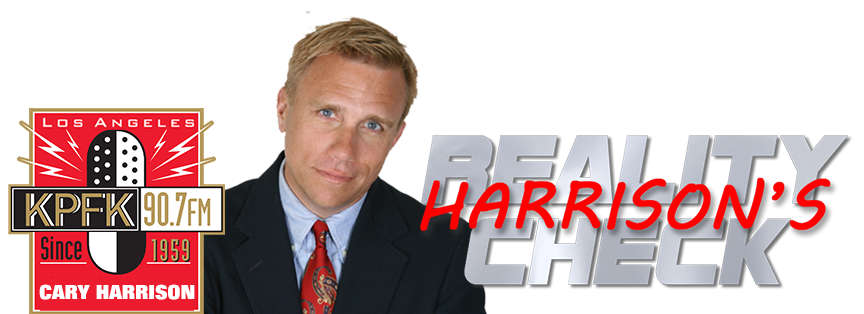 Cary Harrison Explains The Truth Behind The Mar-a-Lago Raid
Cary Harrison Explains The Truth Behind The Mar-a-Lago Raid
What would George Washington say? Secretly flying 35 filing cabinet drawers-worth of Pentagon secrets to your private hotel for favor-swaps was the straw to make all Presidents now raidable. Will this affect a future Trump 2024 run? What about Hunter and Hillary?
-
 The Cary Harrison Show, Tuesdays at 2PM
The Cary Harrison Show, Tuesdays at 2PM
Check out Cary's latest episode, including an interview and memories with the iconic actress Nichelle Nichols!
-
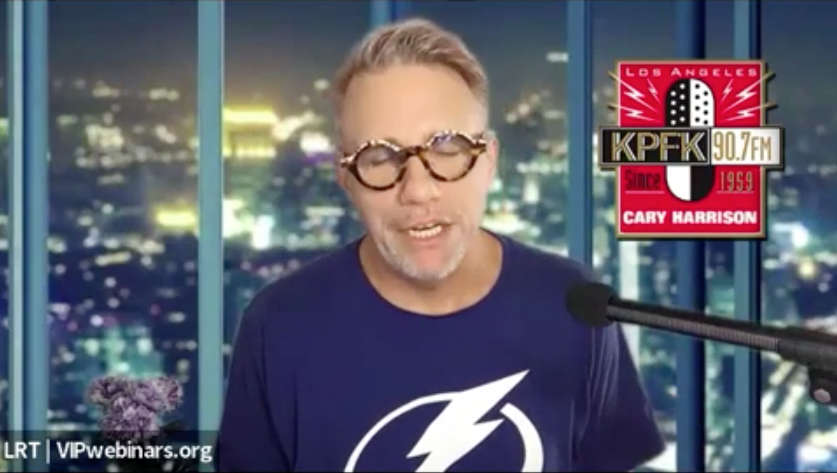 The Cary Harrison Show, every Tuesday at 2PM!
The Cary Harrison Show, every Tuesday at 2PM!
The Cary Harrison Show, July 12, 2022 - Cary Harrison explains why the Jan. 6 hearings really matter! And Dr. Christopher Davis on stress and your heart.




